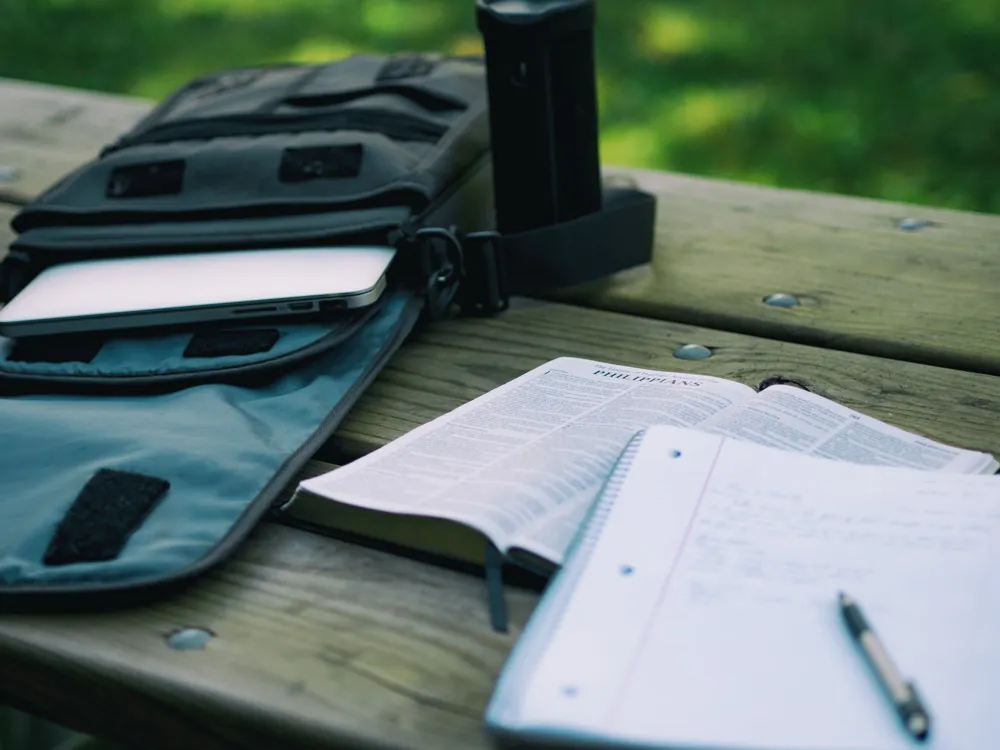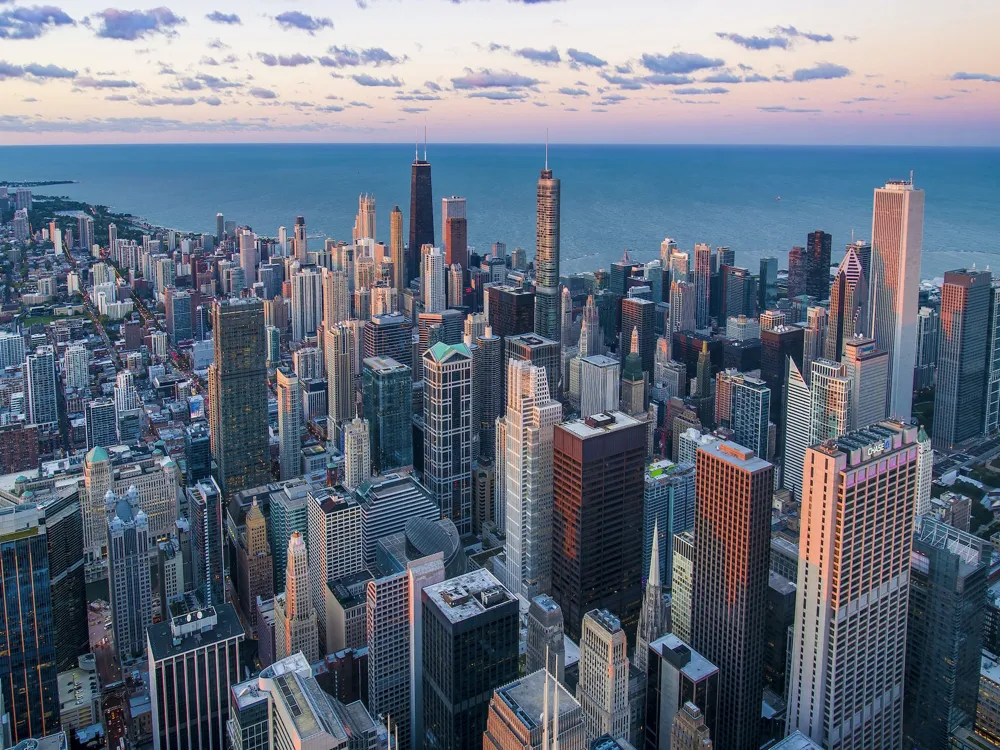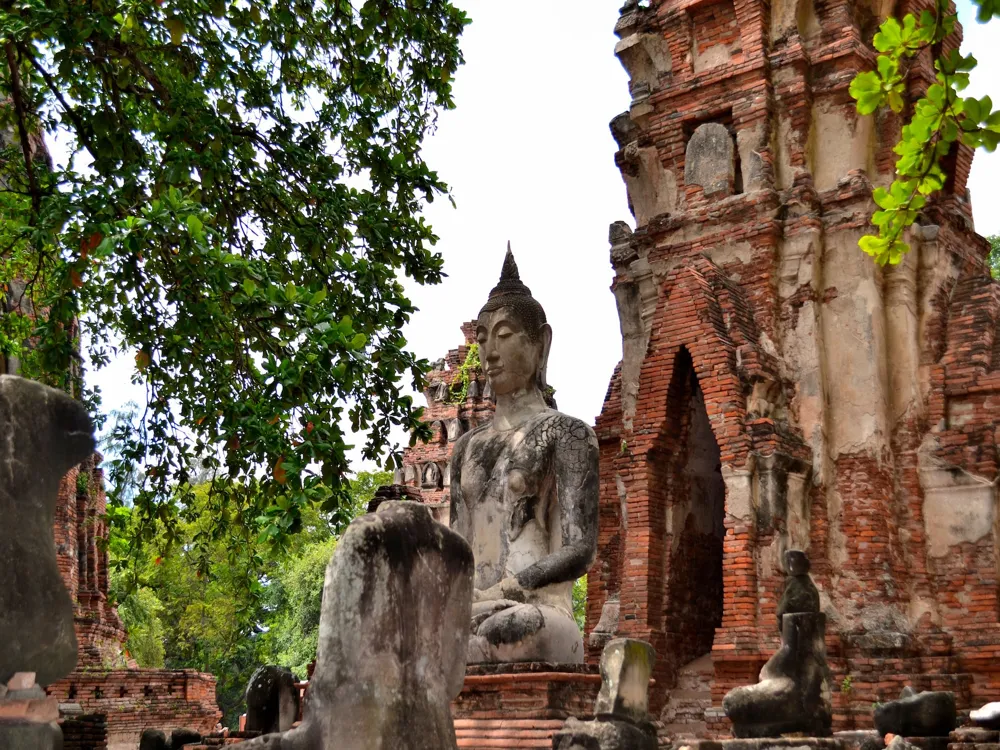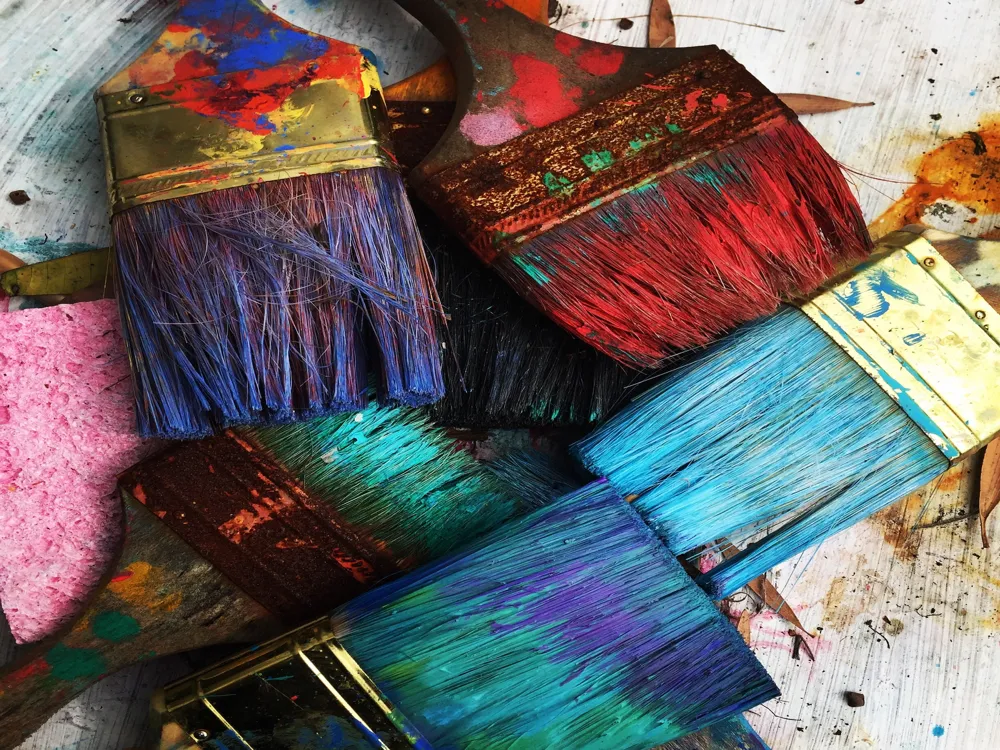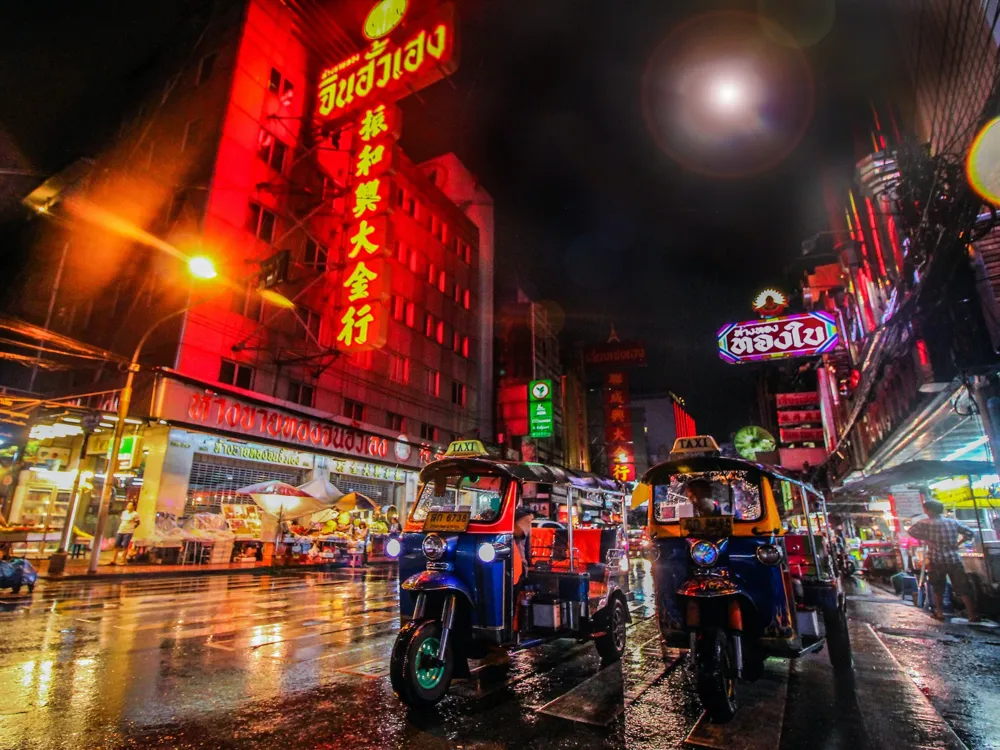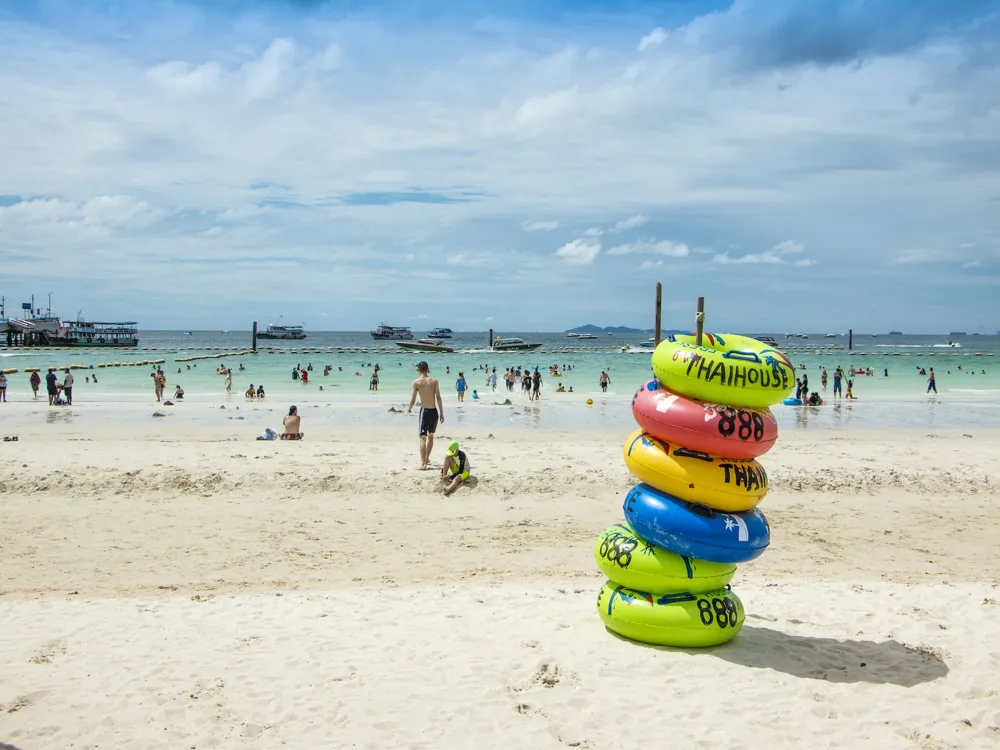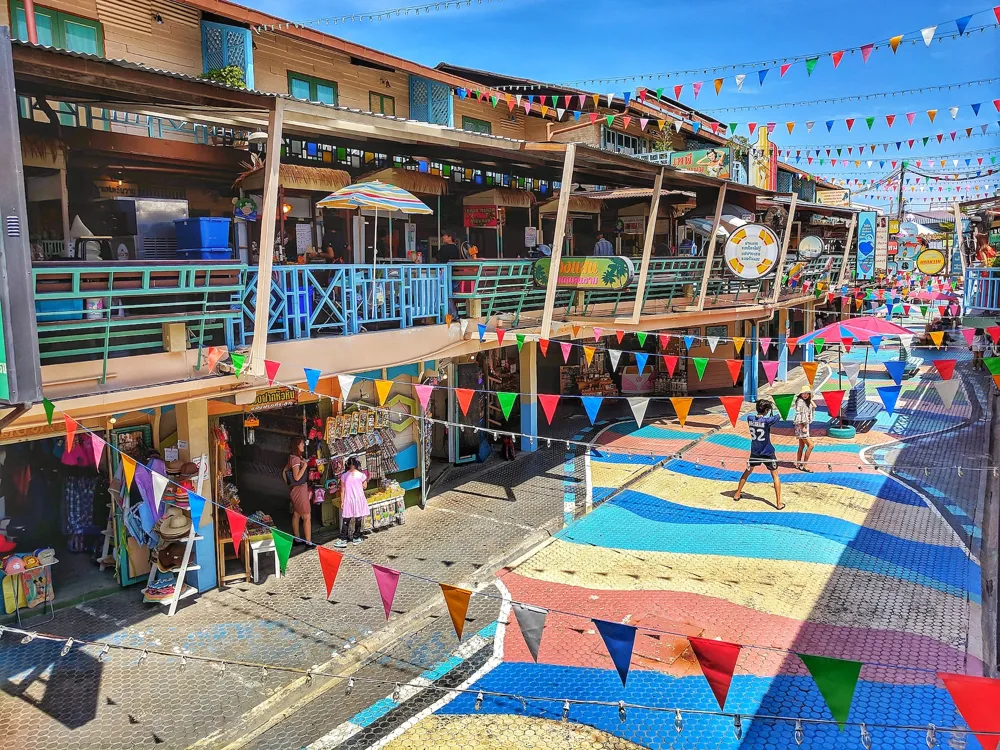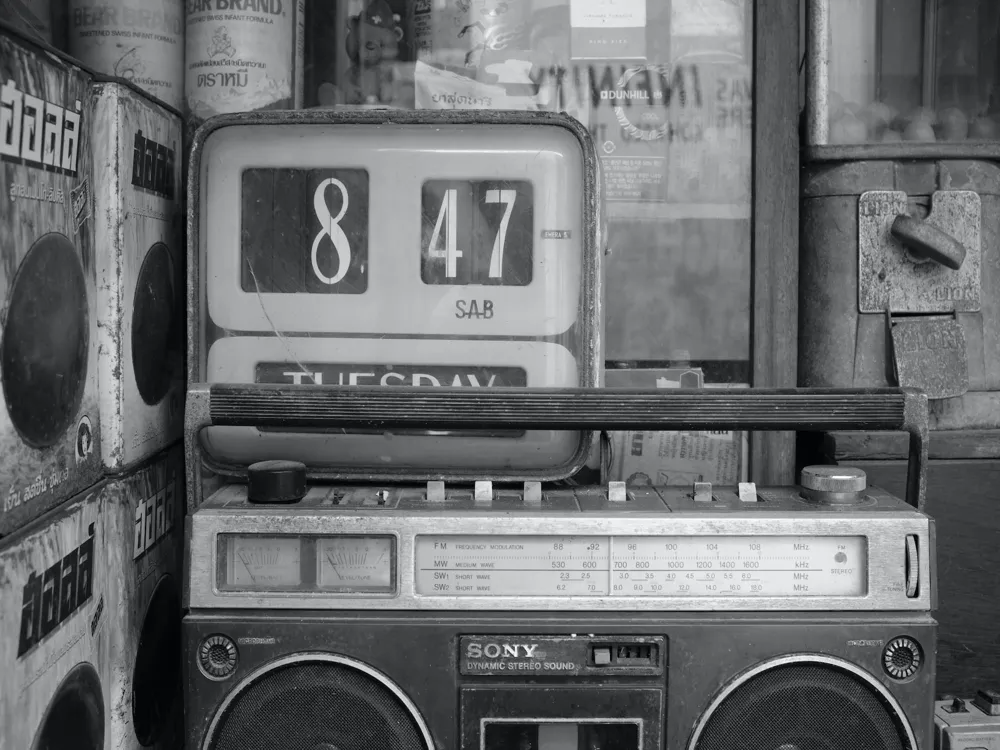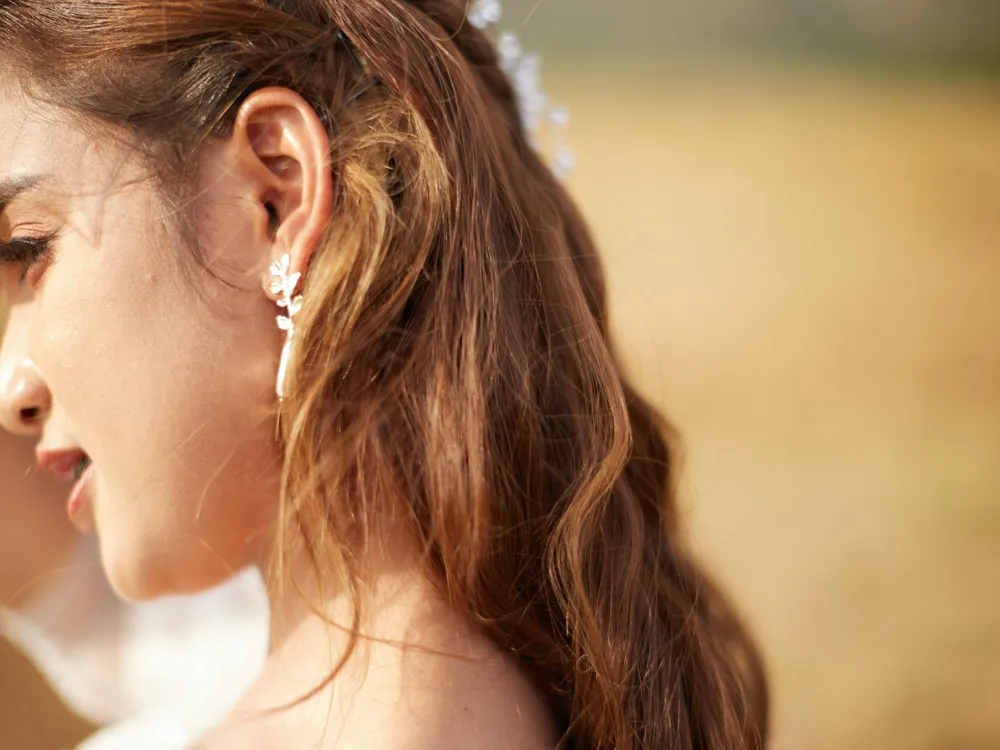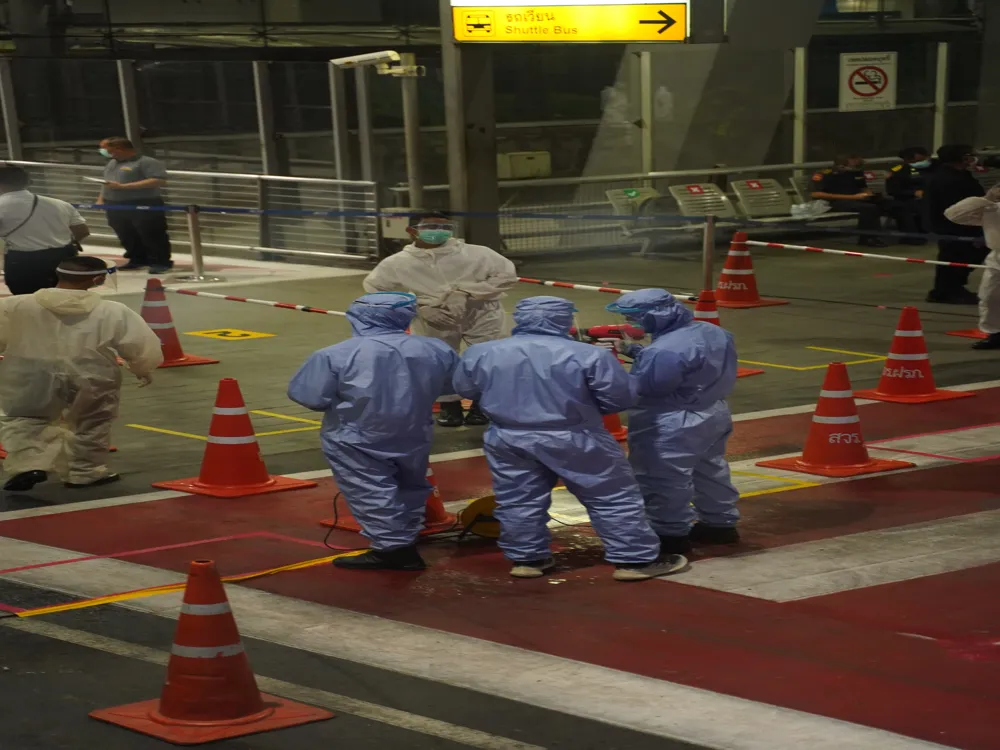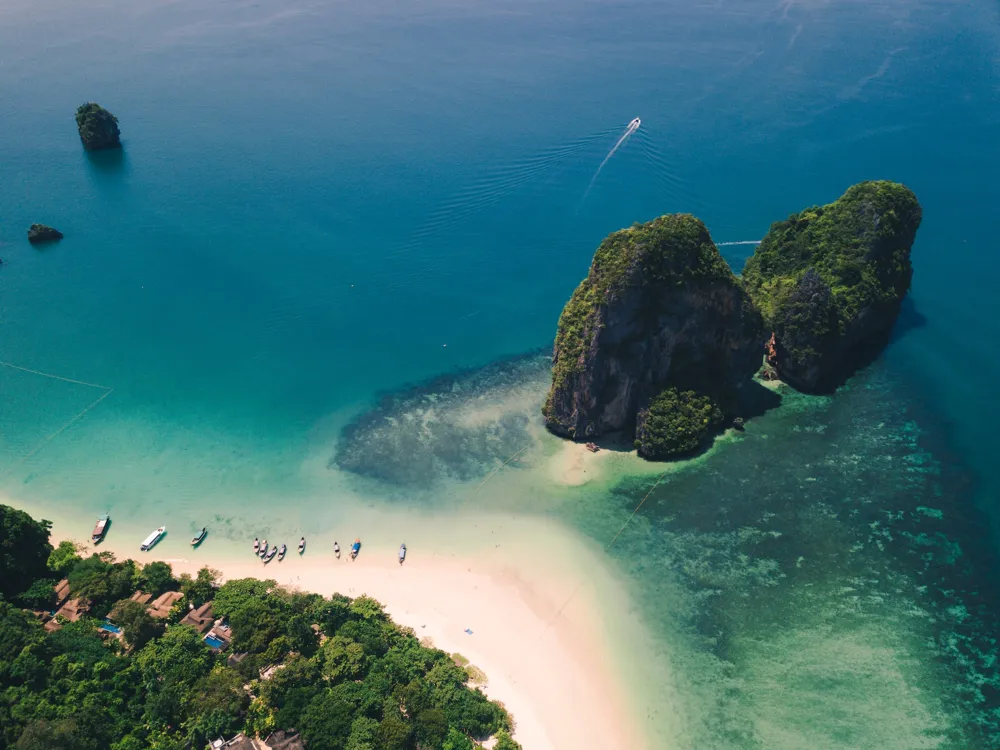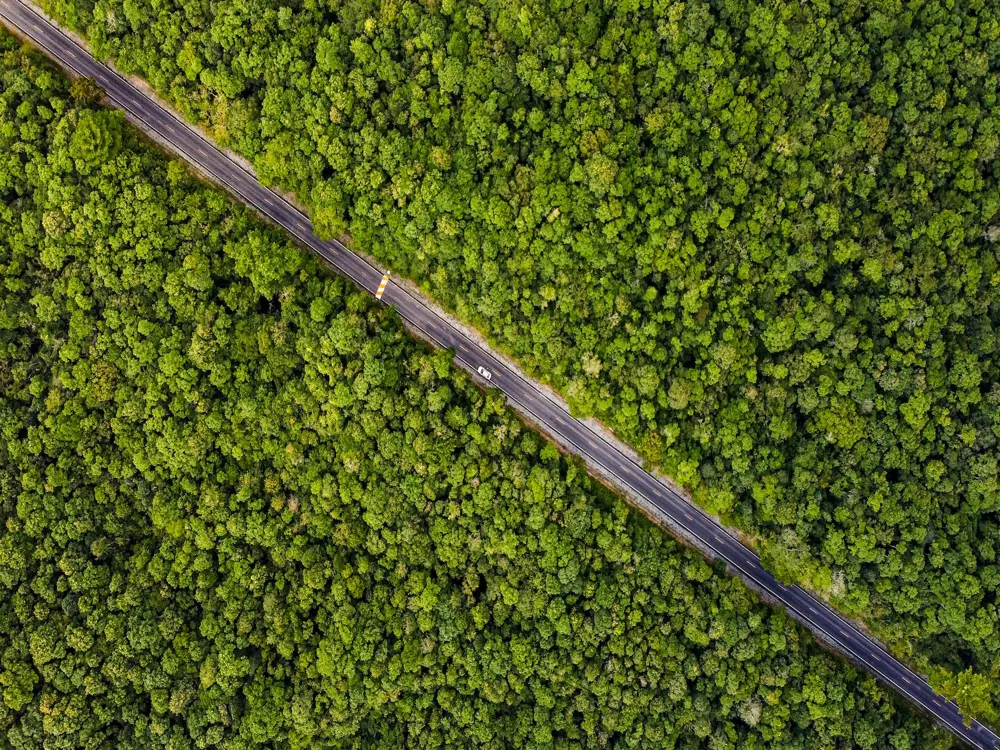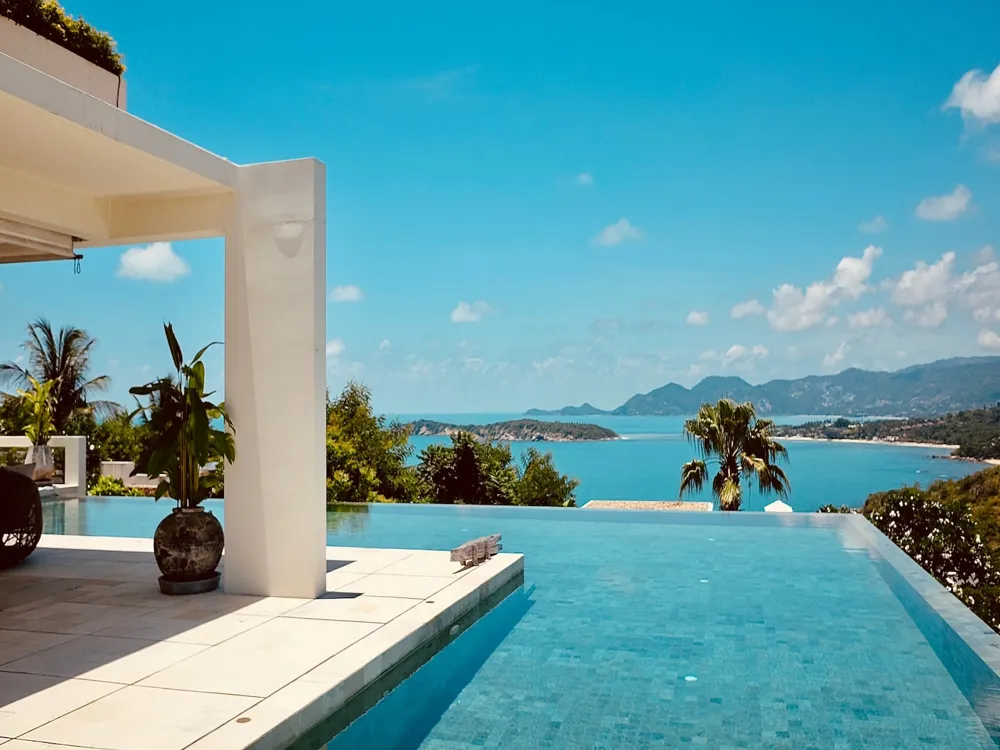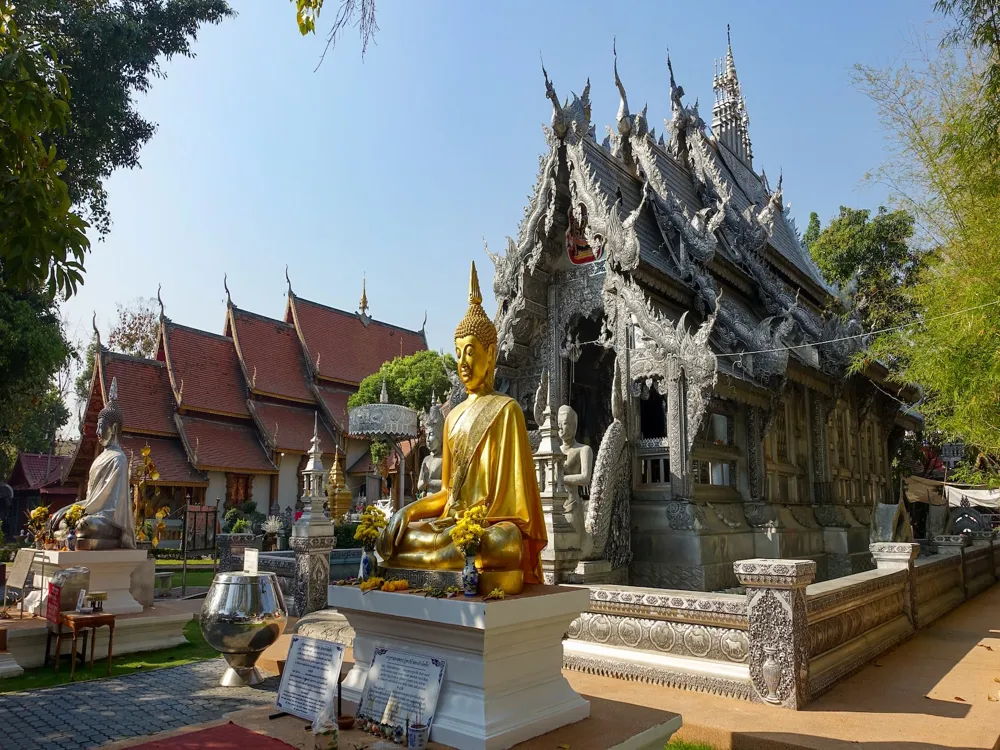Wat Phra Si Sanphet, a historic temple in the ancient city of Ayutthaya, Thailand, stands as a testament to the rich cultural and religious heritage of the Thai people. Founded in the 14th century during the Ayutthaya Kingdom, it was the largest temple in the city, serving as the royal temple and palace grounds for Thai kings. The temple's architecture is a remarkable example of the early Ayutthaya style, characterized by its distinct bell-shaped chedis and elegantly designed assembly halls. The temple's main attraction, the three large chedis, was built to enshrine the ashes of King Borommatrailokanat and his two sons. Over the centuries, Wat Phra Si Sanphet has undergone various restorations, yet it retains its historical essence, making it a must-visit for anyone interested in Thai history and culture. The architectural splendor of Wat Phra Si Sanphet is evident in its layout and structures, which reflect the spiritual and artistic values of the Ayutthaya period. The temple's design is an amalgamation of Hindu and Buddhist influences, showcasing the religious syncretism of the era. Central to the temple's design are the three large chedis, each constructed in the traditional Ayutthaya style with intricate stucco decorations. These chedis are surrounded by a multitude of smaller ones, each serving as a testament to the temple's religious significance. The viharas or assembly halls, though in ruins, offer insights into the temple's grandeur, with remnants of Buddha images and mural paintings. The temple's layout, with its central prang (tower) and surrounding structures, symbolizes the cosmic mountain Meru, central to Hindu and Buddhist cosmology. This architectural brilliance not only reflects the religious beliefs of the time but also showcases the advanced construction techniques and artistic skills of the Ayutthaya craftsmen. As Wat Phra Si Sanphet is a revered site, visitors should dress respectfully. This includes covering shoulders and knees, avoiding revealing outfits, and removing shoes when entering certain areas. The ideal time to visit Wat Phra Si Sanphet is during the cooler months of November to February. Early morning or late afternoon visits can help avoid the midday heat. Consider taking a guided tour to gain deeper insights into the temple's history and significance. Guides can provide fascinating stories and information not easily found in guidebooks. For photography enthusiasts, the temple offers stunning sunrise and sunset views. Use a wide-angle lens to capture the grandeur of the chedis and the temple's layout. Visitors should remember to respect the sacred nature of the site. This includes speaking softly, not climbing on the ruins, and following any posted guidelines. Wat Phra Si Sanphet is easily accessible from Bangkok, the capital city of Thailand. Visitors can take a bus, train, or private car from Bangkok to Ayutthaya. The journey typically takes around 1 to 2 hours. Once in Ayutthaya, the temple can be reached by local tuk-tuk, bike, or on foot, as it is located in the central part of the historical park. For those preferring a more structured approach, numerous travel agencies in Bangkok offer day trips to Ayutthaya, which include visits to Wat Phra Si Sanphet along with other historical sites in the city. Read More:Overview of Wat Phra Si Sanphet
The architecture of Wat Phra Si Sanphet
Tips When Visiting Wat Phra Si Sanphet
Dress Appropriately
Best Time to Visit
Guided Tours
Photography Tips
Respect the Site
How To Reach Wat Phra Si Sanphet
Wat Phra Si Sanphet
Ayutthaya
₹ 60,000 onwards
View ayutthaya Packages
Weather :
Tags : Temple
Timings : 8:00 AM - 5:00 PM
Entry Fee : THB 50
Planning a Trip? Ask Your Question
Ayutthaya Travel Packages
View All Packages For Ayutthaya
Top Hotel Collections for Ayutthaya

Private Pool

Luxury Hotels

5-Star Hotels

Pet Friendly
Top Hotels Near Ayutthaya
Other Top Ranking Places In Ayutthaya
View All Places To Visit In ayutthaya
View ayutthaya Packages
Weather :
Tags : Temple
Timings : 8:00 AM - 5:00 PM
Entry Fee : THB 50
Planning a Trip? Ask Your Question
Ayutthaya Travel Packages
View All Packages For Ayutthaya
Top Hotel Collections for Ayutthaya

Private Pool

Luxury Hotels

5-Star Hotels

Pet Friendly







